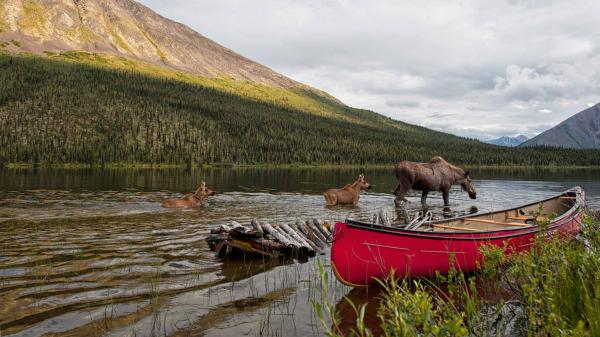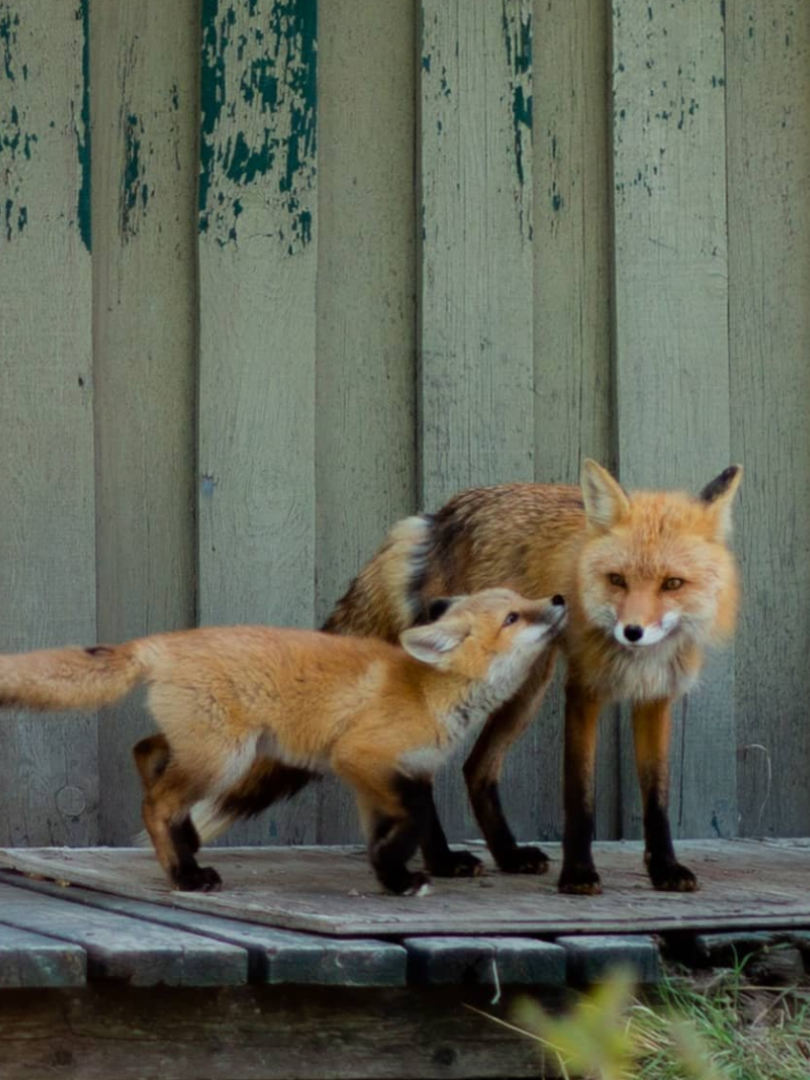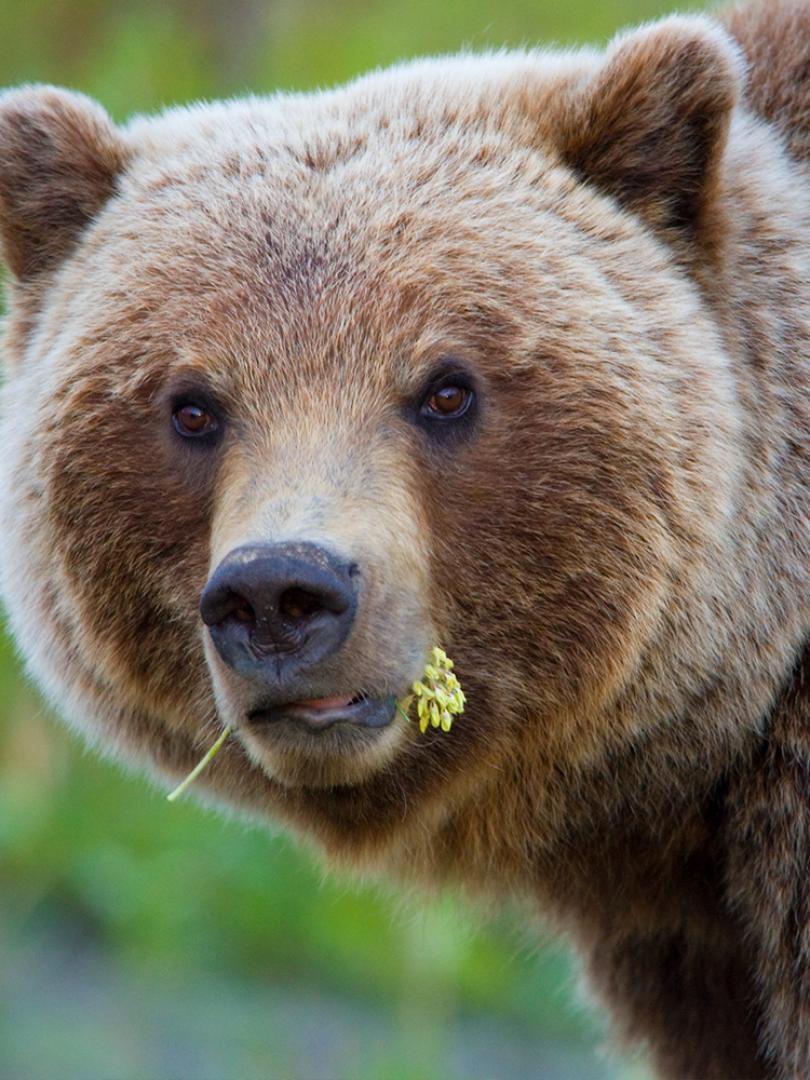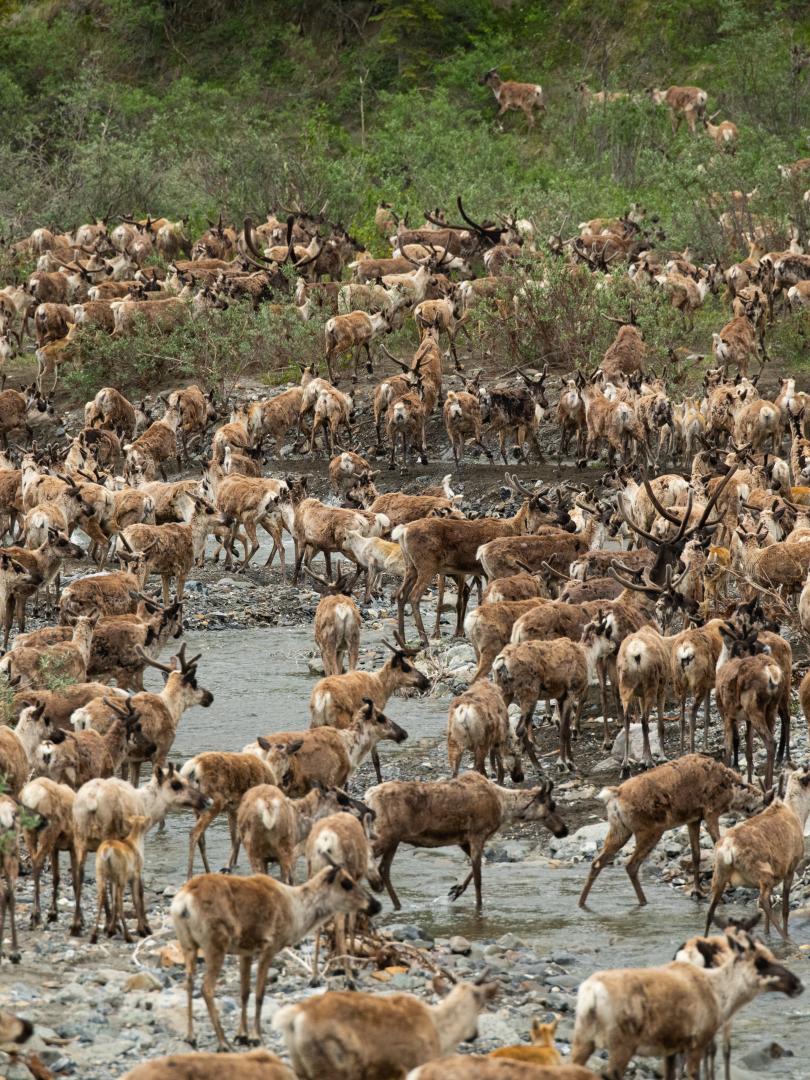
Wilderness and wildlife

The Yukon is a vast wilderness, with 80% of its territory providing habitats for diverse wildlife. Moose outnumber people here, and for every two humans, there’s one bear. Don't miss your wildlife fix with these top three viewing tips.
1

The Yukon Wildlife Preserve, just a short drive from Whitehorse, offers visitors a chance to encounter iconic northern species, including wood bison, muskoxen, elk, caribou, Arctic foxes, and lynx across its sprawling 700-acre landscape, accessible by bus or on foot, or in winter -- even by kicksled! In addition, Whitehorse is home to the raven, Yukon’s official bird, which holds significant cultural importance in First Nations traditions. The area is rich in avian life, with over 250 bird species calling it home. Visitors can also explore the Whitehorse Rapids Fishladder—the longest wooden fishladder in the world—where they can witness the breathtaking migration of Arctic grayling and Chinook salmon.
2

With over 700 kilometers of trails, the area in around Whitehorse is ideal for exploring nature and spotting wildlife like black bears, foxes, lynx and moose. The Nisutlin River Delta near Teslin supports migratory birds, including Trumpeter Swans, and the area’s lakes are known for fishing pike, trout, grayling, and burbot.
3

In the Kluane region, home to North America's densest population of grizzly bears, Kluane National Park and Reserve teems with wildlife, including caribou, Dall sheep, and over 150 bird species. As part of the world’s largest internationally protected area, the park invites exploration through guided hiking tours, scenic drives, and breathtaking flightseeing adventures.
4

The Arctic and Northern Yukon region’s parks, such as Tombstone Territorial Park, provide access to grizzlies, moose, and Arctic bird species. Other remote parks, including Ni'iinlii Njik-Fishing Branch and Vuntut National Park, are known for unique wildlife experiences, including caribou migrations and grizzly sightings. These areas, including the ice bears of Bear Cave Mountain and the migrating Sandhill Cranes, attract visitors from around the world.


